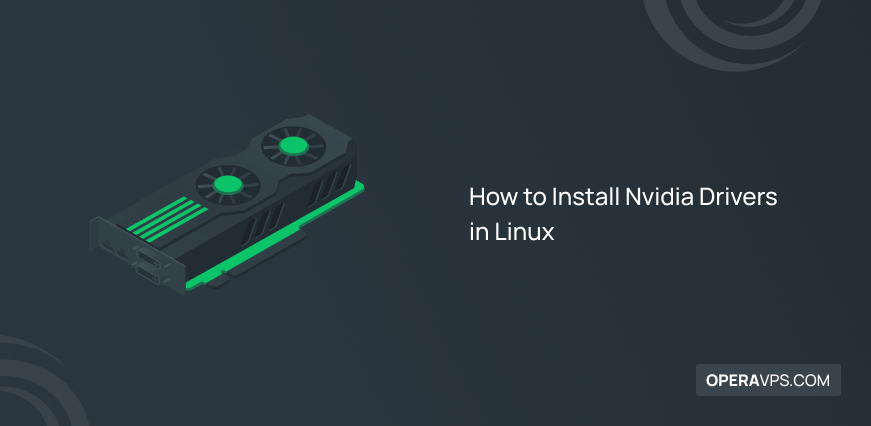Ashley B.
Content Writer (Hi! I’m Ashley, a Linux Administrator with a passion for making Linux simpler and more accessible for beginners. Since 2021, I’ve been writing friendly, practical guides at OperaVPS to help users install software, use the command line, and get comfortable with their VPS. Linux doesn’t have to be intimidating. and I’m here to show that anyone can learn it with the right support and a little curiosity.

What is CentOS Linux and Why It Matters
CentOS is a free, open-source Linux-based operating system derived from Red Hat Enterprise Linux. It offers a stable, secure platform widely used for servers and business environments with long-term support and reliability. 🤖AI Overview: What is CentOS? It is a free, open-source OS based on Red Hat Enterprise Linux source code, designed for enterprise-class stability […]

10 Top Network Monitoring Tools for Linux Systems
Network monitoring uses Linux tools like Zabbix and Nagios to track and manage network health, ensuring performance and security by detecting and addressing issues promptly. 🤖AI Overview: Network monitoring continuously tracks network device performance and connection health to detect and resolve problems quickly. Popular Linux tools like Zabbix, Nagios, and Icinga help system administrators maintain […]

Install and Setup Zabbix on Ubuntu 20.04
Install and Setup Zabbix on Ubuntu 20.04 is the process of deploying an open-source monitoring tool to track servers, applications, and network devices. It involves installing the Zabbix server, configuring a database, setting up the web interface, and installing agents on monitored hosts to collect and secure performance data. 🤖AI Overview: Install and Setup Zabbix […]

How to List and Delete Iptables Rules in Linux
List and Delete Iptables Rules in Linux by viewing all active firewall rules with commands like “iptables -L”. To list rules, use iptables -L [chain name] command to view the existing rules in the specified chain. To delete rules, if you consider deleting by specifics, run iptables -D [chain name] [rule specification] and to remove […]

Fix DNS_PROBE_FINISHED_NXDOMAIN Error on Linux and Windows
Fix DNS_PROBE_FINISHED_NXDOMAIN error by checking DNS settings, flushing DNS cache, restarting network services, and verifying domain names in Linux and Windows to restore proper internet access. 🤖AI Overview: Fix DNS_PROBE_FINISHED_NXDOMAIN is a common error arising when DNS servers cannot resolve domain names to IP addresses, blocking website access. This guide covers solutions for both Linux […]

Pip Update All Packages to Latest Version
Learning how to Pip update all packages is essential for keeping your Python environment secure, fast, and compatible with modern libraries. Regularly updating pip packages helps prevent dependency conflicts and ensures you are running versions patched for bugs and vulnerabilities. You can quickly identify outdated modules using: pip list –outdated Then upgrade individual packages with […]

Install Nvidia Drivers in Linux Easily
Install Nvidia drivers in Linux to enable your system to effectively use Nvidia GPU hardware. Update your system, install the recommended drivers, and reboot for enhanced performance and stability. 🤖AI Overview: Installing Nvidia drivers in Linux ensures proper communication between your system and Nvidia GPUs, offering superior performance over default drivers. The installation involves checking […]

Enable SSH to Connect to a Remote Server Easily
SSH is a safe and powerful tool that secures interactions between a server and a client. Enable SSH to Connect to a Remote Server by installing and starting the OpenSSH server, configuring firewall rules, and connecting securely via SSH. This setup ensures safe remote administration. The steps below help you achieve this purpose: Install OpenSSH Server […]

Migrating From CentOS 8 to AlmaLinux 8 Simplified
Migrating From CentOS 8 to AlmaLinux 8 uses an automatic script to smoothly update your system without reinstalling, preserving data and system settings safely through simple terminal commands. 🤖AI Overview: Migrating From CentOS 8 to AlmaLinux 8 is an essential upgrade due to CentOS 8’s end of life. AlmaLinux offers a stable, RHEL-compatible alternative with […]

Build Backup Server Using FTP Server
Build backup server by setting up an FTP server to securely store copies of important data. Automate backups and protect your data against loss or damage for reliable recovery. 🤖AI Overview: Building a backup server involves creating a dedicated system to store and safeguard critical data from cyber threats, hardware failures, and accidents. Using FTP […]

Install and Setup Squid Proxy on Ubuntu
Install and Setup Squid Proxy on Ubuntu involves installing the Squid package, configuring its settings, and restarting the service for efficient web traffic management and security. 🤖AI Overview: Install and Setup Squid Proxy on Ubuntu involves installing the Squid package, an open-source proxy server that caches web content to enhance speed and reduce bandwidth. Configuration […]

Configure PPTP VPN on Windows Linux and Mikrotik
PPTP VPN is a fast network protocol that guarantees a stable conversation over the Internet, especially for gaming and streaming usages. Using PPTP VPN is a simple option (not safe) to change your IP address. Configure PPTP VPN establishes a secure Point-to-Point Tunneling Protocol connection to protect data and enable remote access to private networks […]
